What is the tolerance range of precision screws?
What is the tolerance range of precision screws?
Service Hotline
+86760-8787 8587We have more than ten years of experience in screw industry production, the main products are: galvanized thin hexagon nuts, DIN7984 bolts, /3/4/5/6 non-slip flanged nickel-plated nuts with pads, extended stud bolts, flange bolts, hexagon bolts Copper column, wave-type elastic washer, screw for handle fine-tuning machine tool, UNC countersunk head socket head cap bolt, knurled thread copper nut column, punched meson washer, copper hollow eyelet rivet, square inclined washer for channel steel, Brass-plated fasteners nuts, slotted bolts and other fasteners, due to the different materials and specifications of the products, the prices are also different, if you need, please contact us.


Stainless steel usually refers to steel that has the ability to resist corrosion by air, water, acid, alkali salt or other medium. Depending on the alloy composition, the focus is on rust resistance and acid resistance. Although some steels are rust-resistant, they are not necessarily acid-resistant, and acid-resistant steels are usually rust-resistant. Austenitic stainless steel is mainly used in the production of fasteners. In people's daily life, the stainless steel often referred to is also austenitic stainless steel. The stainless steel fasteners we use are mainly made of austenitic 302, 304, 316 and low nickel 201 as raw materials.
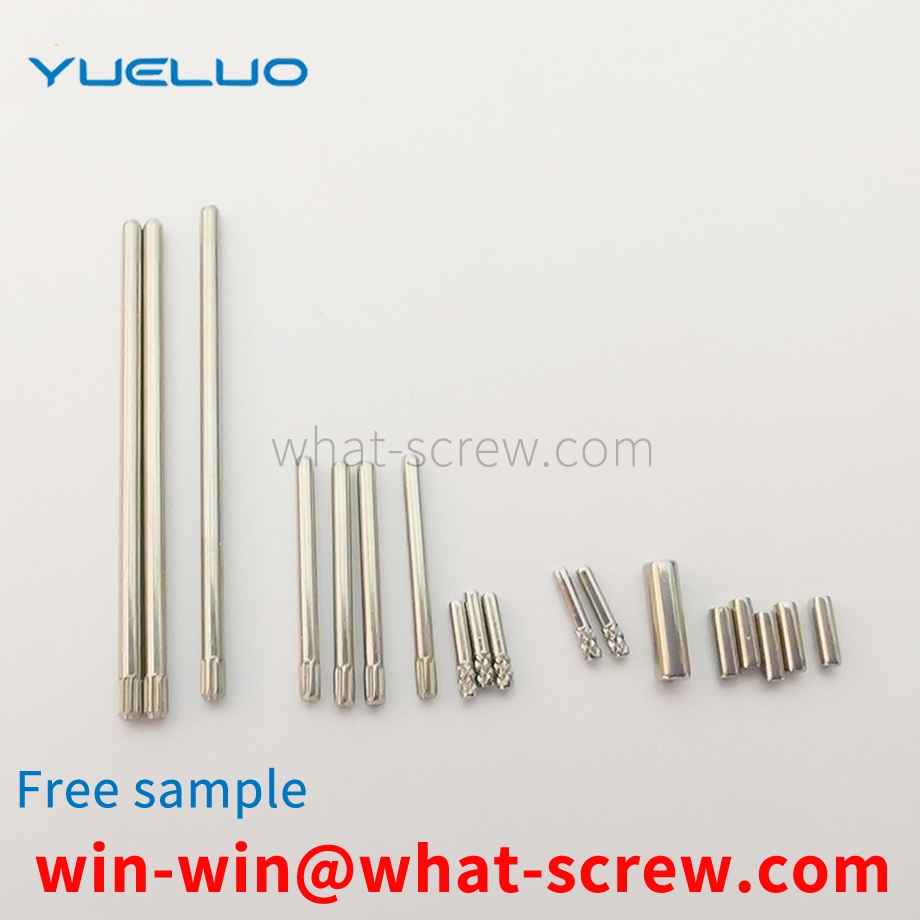
Screw, some people call it screw [Screw] (screw), screw (screw rod). In fact, the screw is a general term, and the screw and the screw rod are different from each other. Screws are generally called wood screws; they are the ones with a pointed end at the front and a larger pitch. They are generally used to fasten wooden and plastic parts. The screw rod is a machine screw (machine screw), which is the kind of flat head at the front end. The pitch is small and uniform. It is generally used to fasten metal and machine parts.
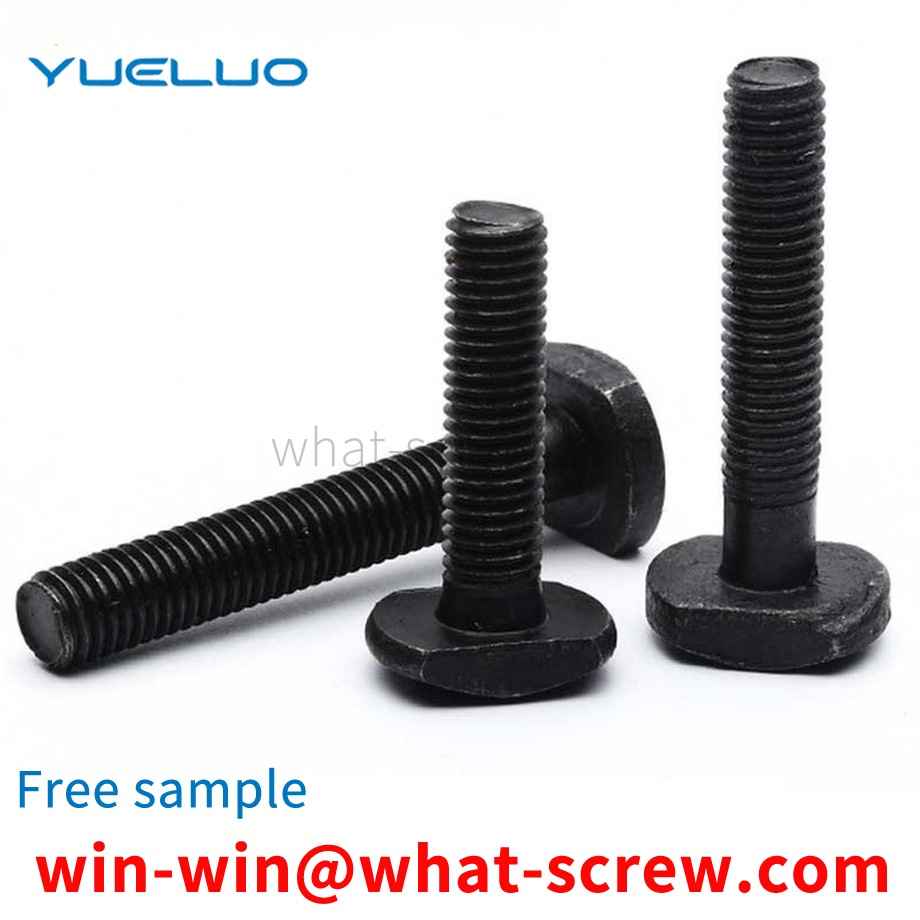
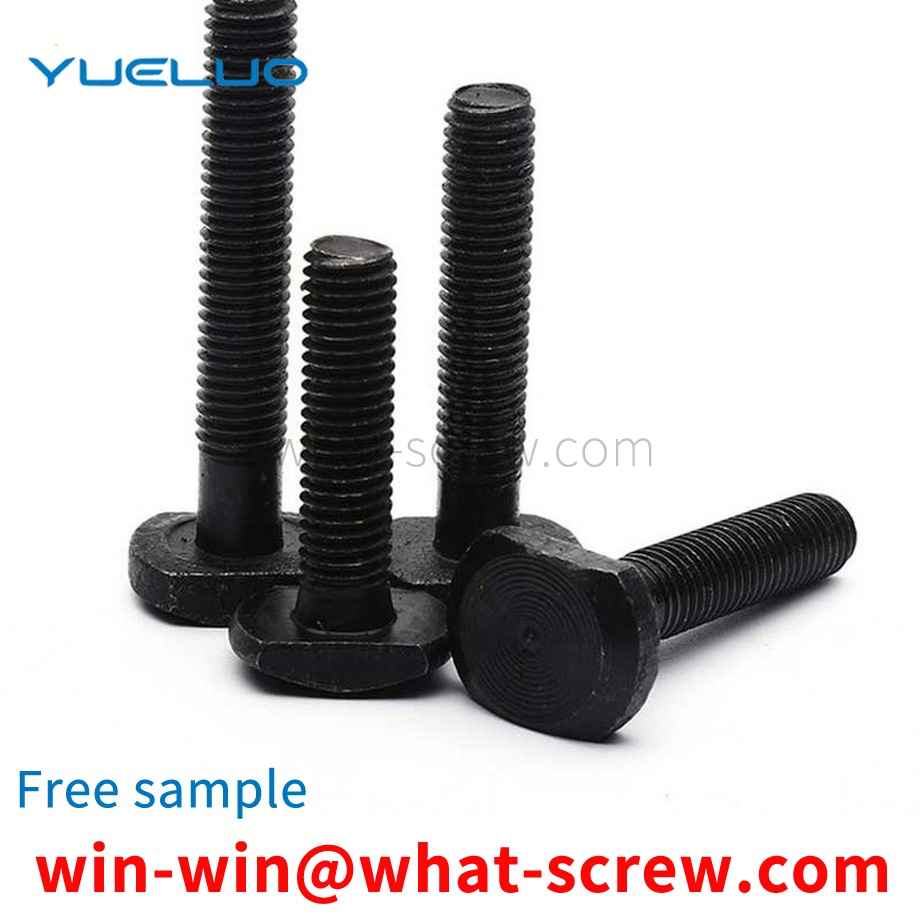
Guangdong Yueluo Hardware Industry Co., Ltd. discloses a low-carbon steel rivet nut fastened to a thin-walled and thin-plate fastener. The rivet nut fastener is composed of a brim, a deformed skirt, and a threaded hole. Using low carbon steel cold extrusion, the brim is formed by cold heading, the deformed skirt is extruded in the concave die, and the thread hole of the nut tapping skirt is extruded at the lower end of the deformed skirt. It is characterized in that there are fish teeth under the brim; the outer side of the lower end of the threaded hole has a lead angle; the cross-section of the thread of the inner wall of the threaded hole is an isosceles trapezoid, and the upper bottom of the trapezoid is a concave solitary shape, and the fastener does not need to be welded. , Single-sided riveting, easy operation and firm connection.
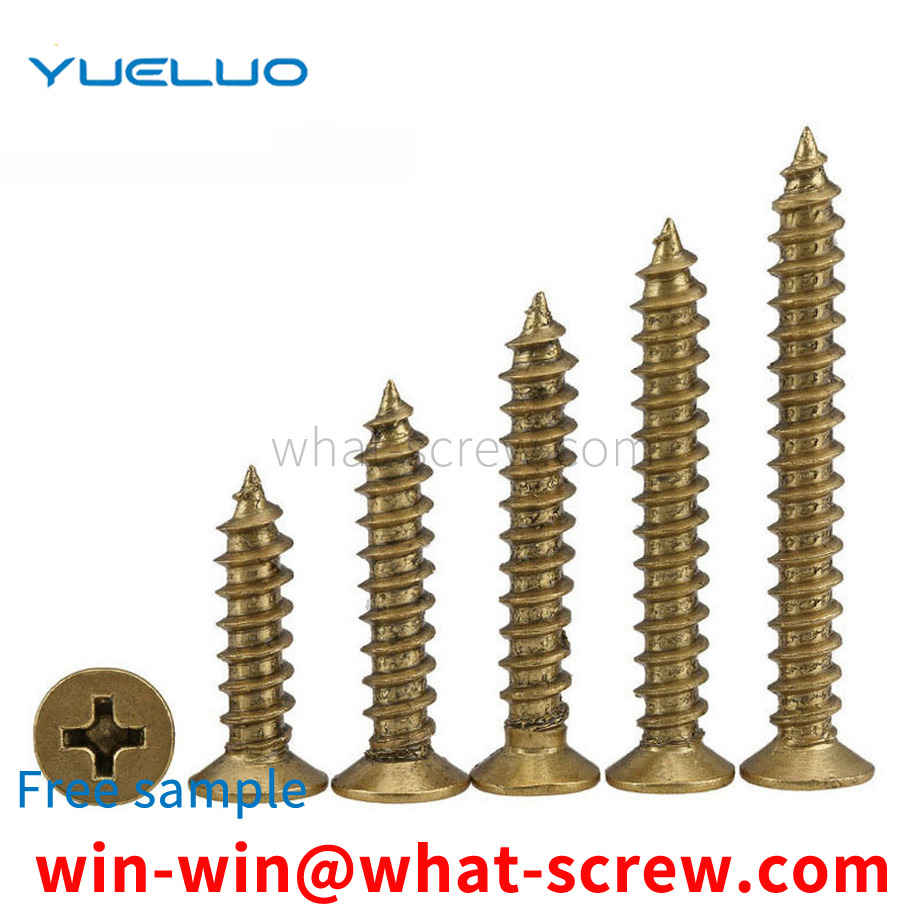
According to the force of the connection, it is divided into ordinary and hinged holes. According to the shape of the head: there are hexagonal head, round head, square head, countersunk head and so on. Among them, the hexagonal head is the most commonly used. Generally, countersunk heads are used where connections are required. [1] The English name of the riding bolt is U-bolt. It is a non-standard part. The shape is U-shaped, so it is also called a U-bolt. There are threads on both ends that can be combined with nuts. It is mainly used to fix tubular objects such as water pipes or sheets such as The leaf spring of a car is called a horse-riding bolt because it fixes the object in the same way that a person rides on a horse. According to the length of the thread, it is divided into two categories: full thread and non-full thread. [2] According to the thread type, it is divided into two types: coarse thread and fine thread. The coarse thread is not displayed in the bolt mark. The bolts are divided into eight grades: 3.6, 4.8, 5.6, 6.8, 8.8, 9.8, 10.9, and 12.9 according to their performance grades. Among them, the bolts above grade 8.8 (including grade 8.8) are made of low-carbon alloy steel or medium-carbon steel and are heat-treated (quenched). + Tempering), commonly known as high-strength bolts, and below grade 8.8 (excluding 8.8) are commonly known as ordinary bolts. [2] Ordinary bolts can be divided into three grades: A, B, and C according to the production accuracy. Grades A and B are refined bolts, and grade C is rough bolts. For connecting bolts for steel structures, unless otherwise specified, they are generally ordinary rough grade C bolts. There are differences in the processing methods of different grades. Usually the corresponding processing methods are as follows: ① The bolts of grade A and B bolts are processed by lathes, with smooth surfaces and accurate dimensions. High, rarely used; ②C-grade bolts are made of unmachined round steel, the size is not accurate enough, and its material property grade is 4.6 or 4.8. The deformation is large during shear connection, but the installation is convenient and the production cost is low. It is mostly used for tensile connection or temporary fixation during installation. [2]
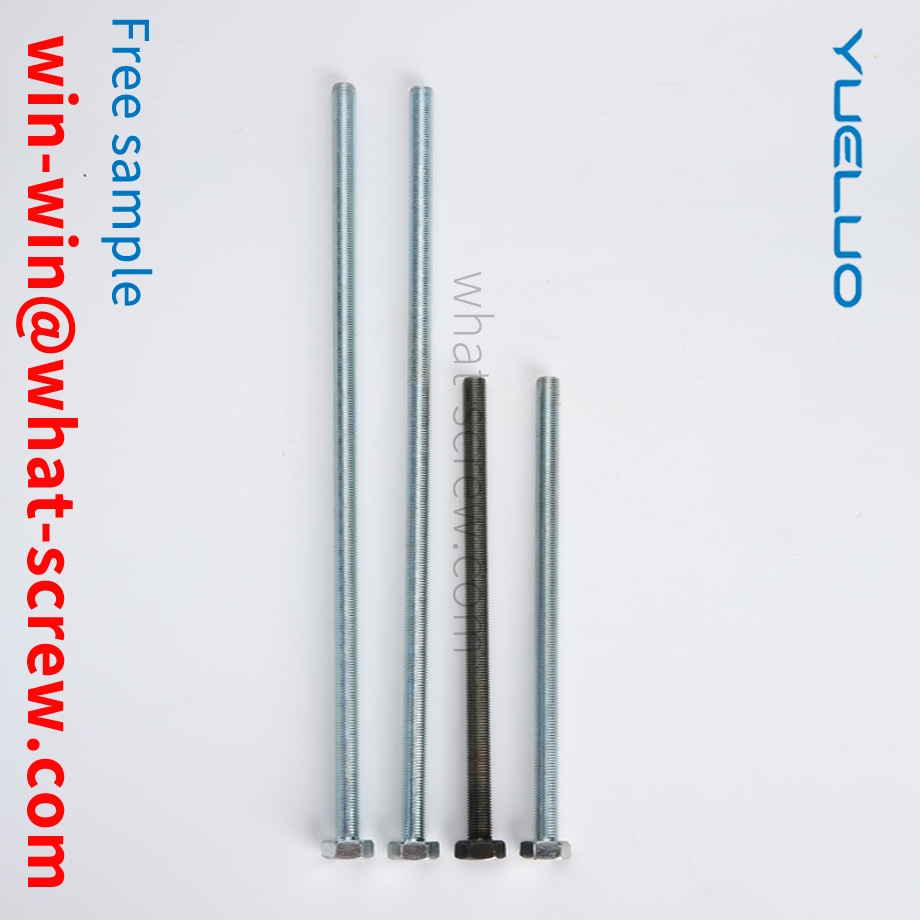
The above content is uploaded by Yueluo or the Internet. If there is any copyright issue, please contact [email protected].

What is the tolerance range of precision screws?

How to choose the right stainless steel screw manufacturer?

Why is there an R angle under the head of the hexagon head s...

We have more than ten years of production experience in the ...

We have more than ten years of experience in the production ...

We have more than ten years of experience in the production ...

We have more than ten years of experience in screw industry ...